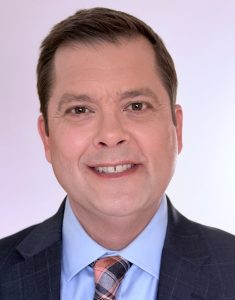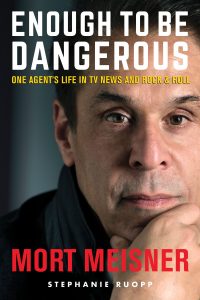Fast Facts
Name: Jatrissa Wooten
Market: #21
Current Station: Spectrum News
Current Title: Anchor/Host/Reporter
Preferred Title: Anchor/Host/Reporter
Experience: 6 Years
Agent Name: Steve Koles
Agent Phone: (248) 545-2222
Agency: Mort Meisner Associates





